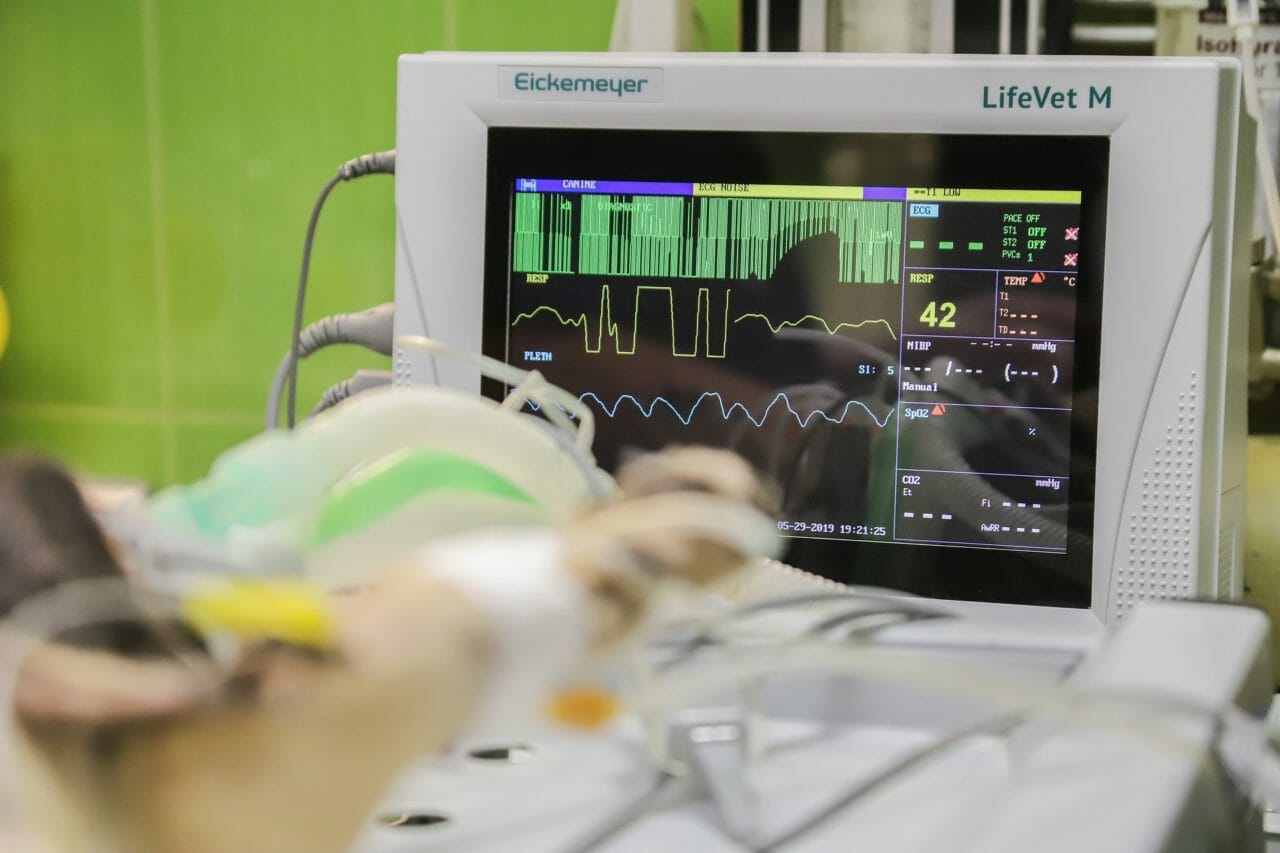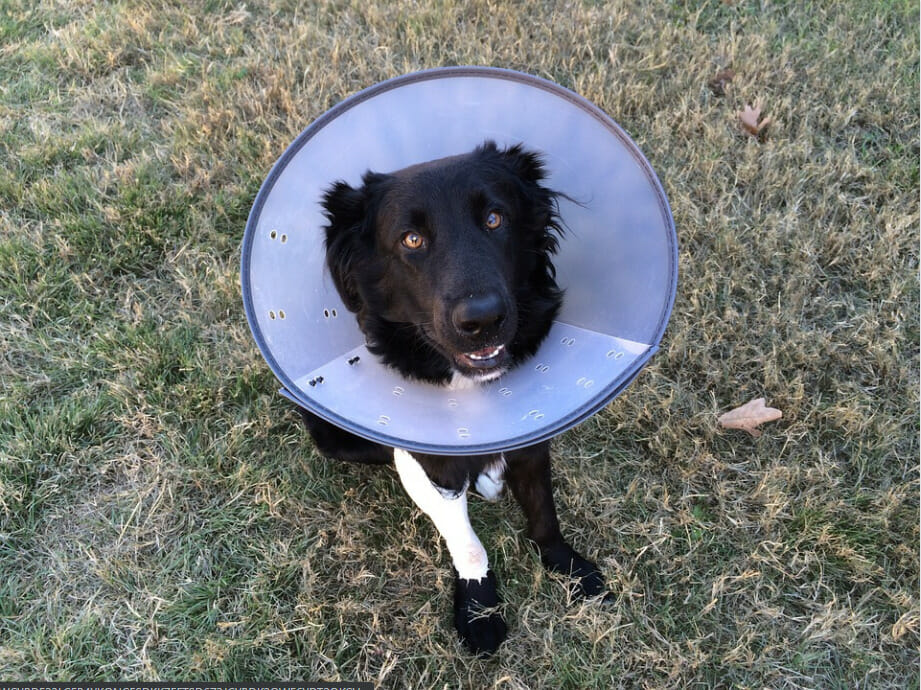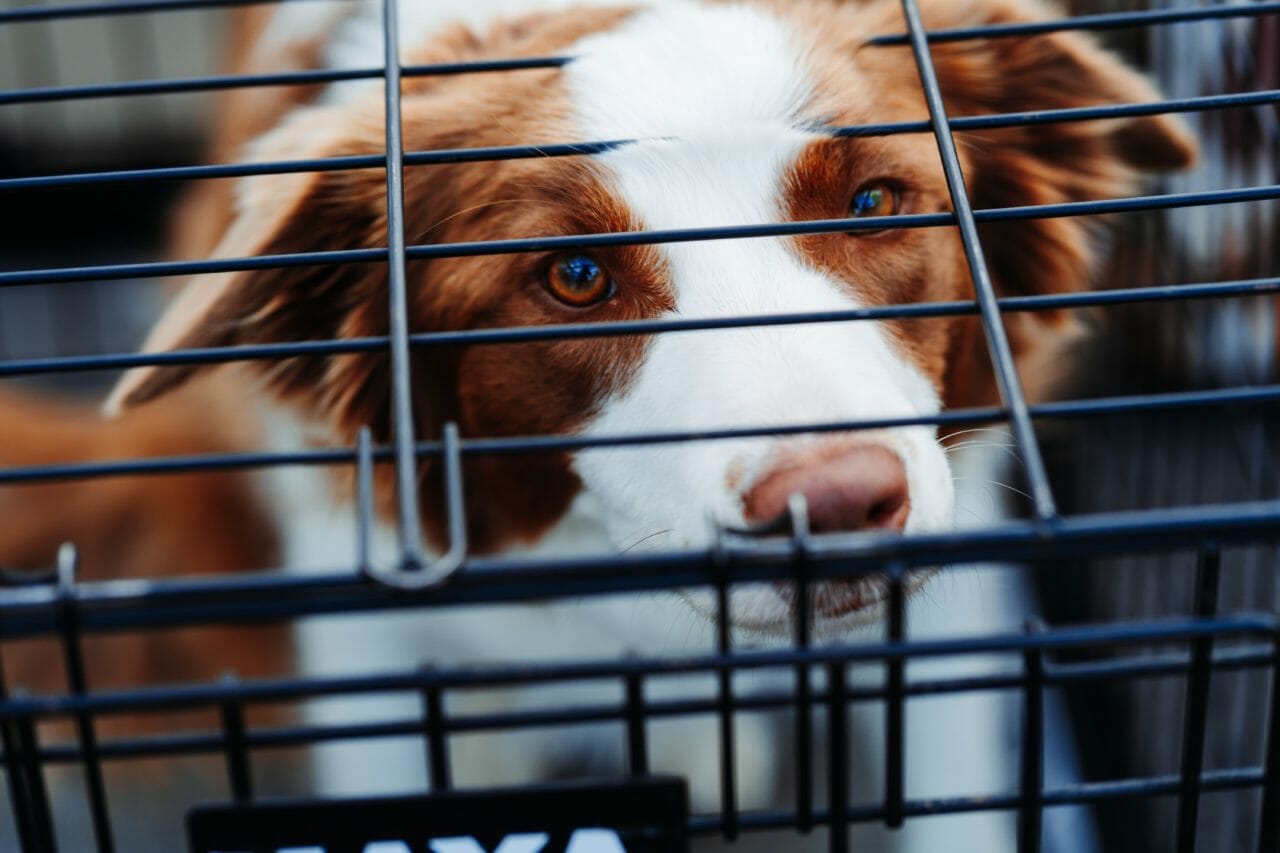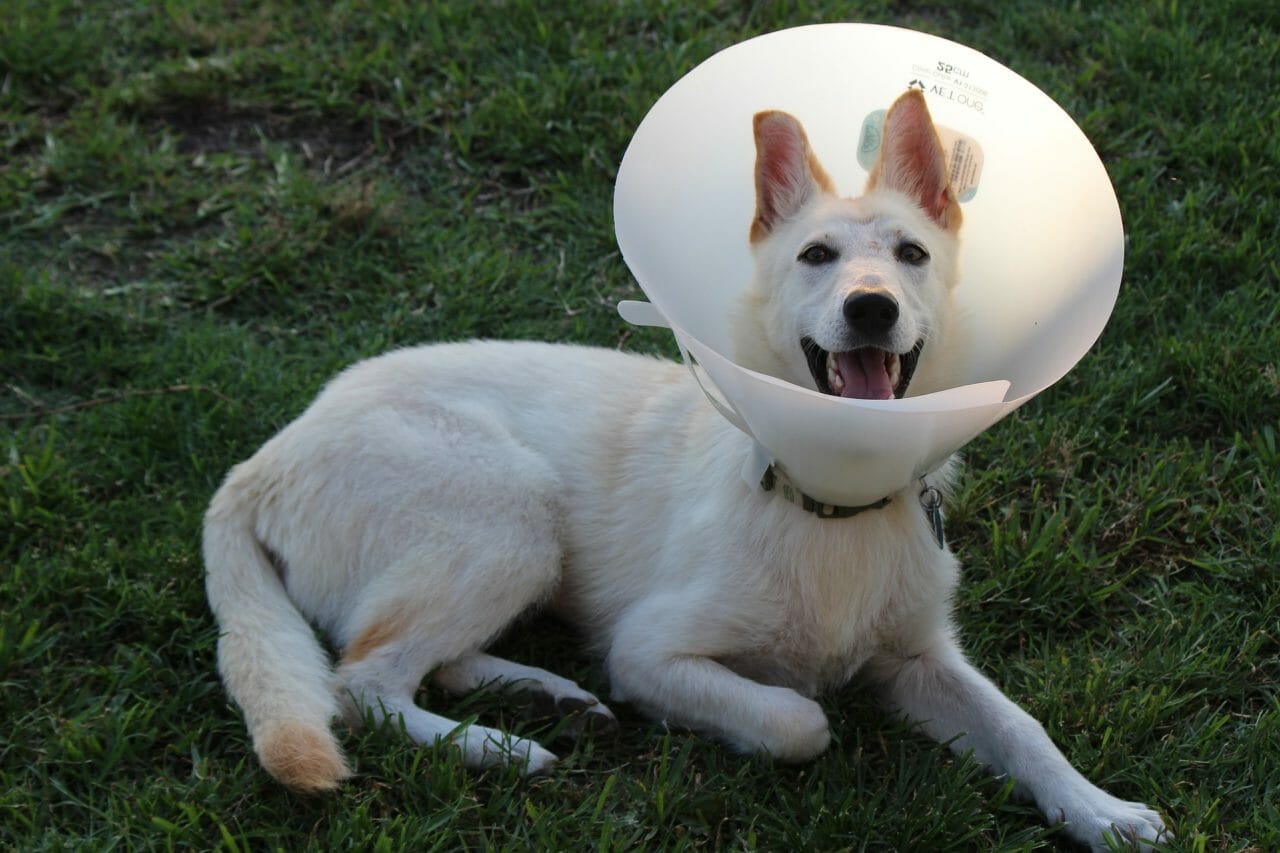Mobility is a dog’s best friend, and losing it can be difficult
If you’re the owner of a dog that’s been diagnosed with hip dysplasia, then you might be considering femoral head osteotomy surgery, otherwise known as FHO surgery.
This is a standard procedure for dogs with hip dysplasia and can often help improve their quality of life.
RehabPet.com will discuss everything dog owners need to know about FHO surgery in this blog post. We’ll cover the surgery, why it’s needed, and what the surgery and recovery process is like.
What Is FHO Surgery?
Femoral head osteotomy surgery is a hip surgery used to treat dogs with hip dysplasia.
The femoral head is the “ball” part of the ball-and-socket joint in the hip. During FHO surgery, this bone is cut and then stabilized using the rest of the surrounding muscles and scar tissue to form a false joint.
FHO surgery is typically considered when other treatment options, like weight management, physical therapy, and medication, have failed to improve the dog’s quality of life.
It’s important to note that this surgery is meant for dogs that are not getting a full hip replacement. FHO is about relieving the pain that hip dysplasia causes and not providing an artificial hip to your dog.
While FHO surgery is not necessarily common for particular breeds, smaller dogs tend to have more success in relieving the pain because they carry less weight, which puts less stress on the false joint.
Older dogs also tend to have more success with FHO surgery because their bone density is fully developed. Puppies who have the surgery at a younger age may experience growth-related problems with their relocated femoral head.
Why Is FHO Surgery Needed?
Femoral head osteotomy surgery is all about relieving the pain caused by hip dysplasia. Pain is difficult to endure, so be sure to look for the following signs that your pup might be in pain:
- Difficulty getting up from lying down
- Trouble going up or down stairs
- Limping on one or both hind legs
- Decreased activity level
- Reluctance to exercise or play
- Muscle loss in the hindquarters
If your dog displays any of these signs, it’s essential to visit the vet for a check-up. Your vet will likely diagnose hip dysplasia using X-rays. If they recommend femoral head osteotomy surgery, then it’s important to consider the costs and extra time it will require to help your pup recover.
What Does FHO Surgery Cost?
The good news is that FHO surgery is one of the less expensive surgical procedures your dog will have.
When considering the cost of surgery, it’s important to include pre-surgical bloodwork and medications as well as post-surgical care.
FHO surgery expenses vary between $1,200 and $2,500. The precise amount will vary depending on where you live and where your pet surgery takes place.
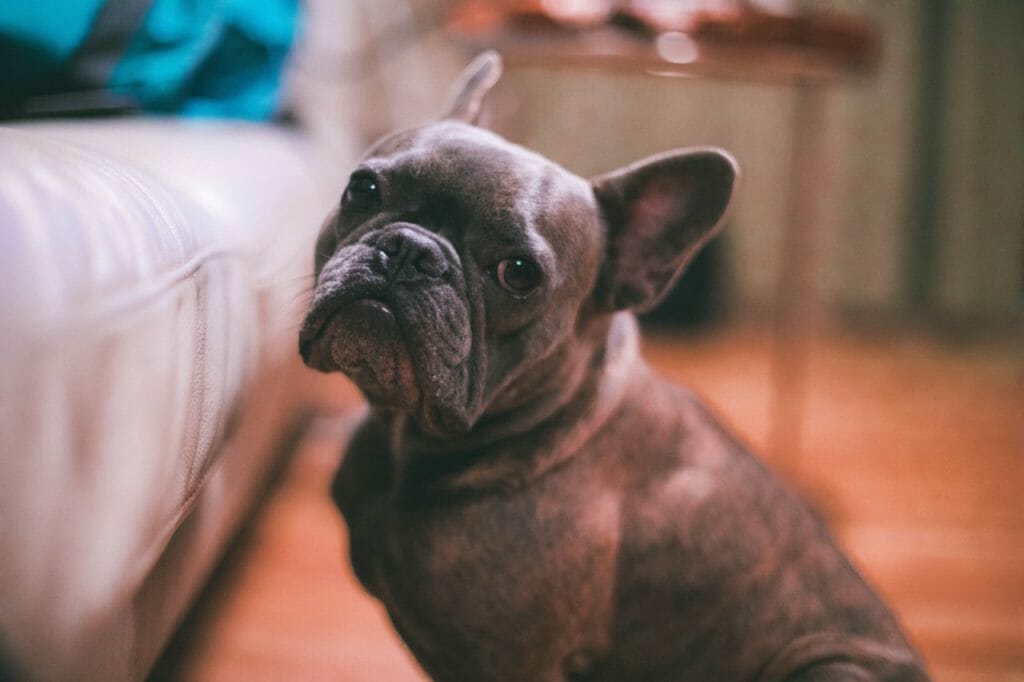
What Does the FHO Surgery Process Look Like?
The femoral head osteotomy surgery is performed under general anesthesia and takes about two hours.
After your dog is anesthetized, the surgeon will make an incision over the hip joint. Then, they’ll cut the femoral head and neck, in order to rotate the femoral head into a new position.
Once the femoral head is in the new position, no implants are needed to keep it in place — the surrounding muscles and scar tissue take care of that.
After the femoral head is rotated, the incision is closed using stitches or surgical staples. A bandage will be placed over the incision, and your dog will be taken to recovery where they’ll be closely monitored.
Most dogs stay in the hospital for a couple of hours after femoral head osteotomy surgery, and then they’re able to go home.
It’s important that you follow all of your vet’s post-surgical instructions regarding exercise and activity levels, as too much activity can cause the femoral head to become dislocated.
What Is the Recovery Process Like After FHO Surgery?
The femoral head osteotomy surgery has a long recovery process, and it’s important to follow your vet’s instructions to ensure proper healing.
After your dog comes home from the hospital, they’ll likely be on pain medication and have a bandage over their incision. It’s important to keep them calm and quiet during this time to prevent any complications.
Your dog will need to see the vet for follow-up appointments, and they’ll likely need to go through physical therapy. The goal of physical therapy is to help your dog regain strength and mobility in their hind legs.
A few things you can do to help in your dog’s recovery process include:
- Take them to all follow-up appointments
- Ensure they have proper food and water levels at a place close to their bed
- Change their bandages as needed
- Give them any medications prescribed by the vet
- Discourage licking or biting at the healing wound by putting a cone on your dog’s head
Closing Thoughts
Femoral head osteotomy surgery is a big decision, but it’s often the best option for dogs suffering from hip dysplasia. It’s important to consult your vet and get a second opinion before making any decisions.
If you do decide to go ahead with the surgery, then it’s important to be prepared for the cost and the long recovery process. But most dogs make a full recovery and are able to live a long, happy life.
